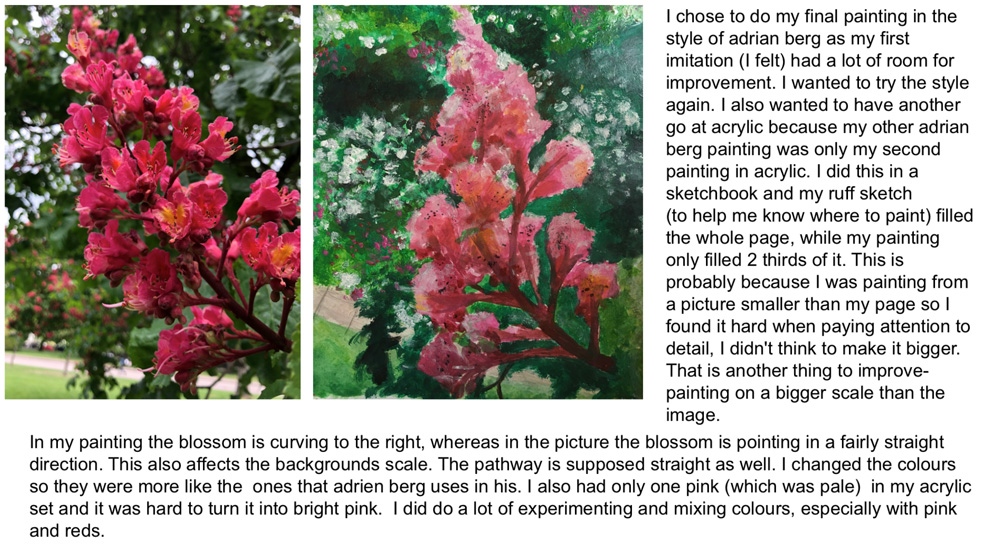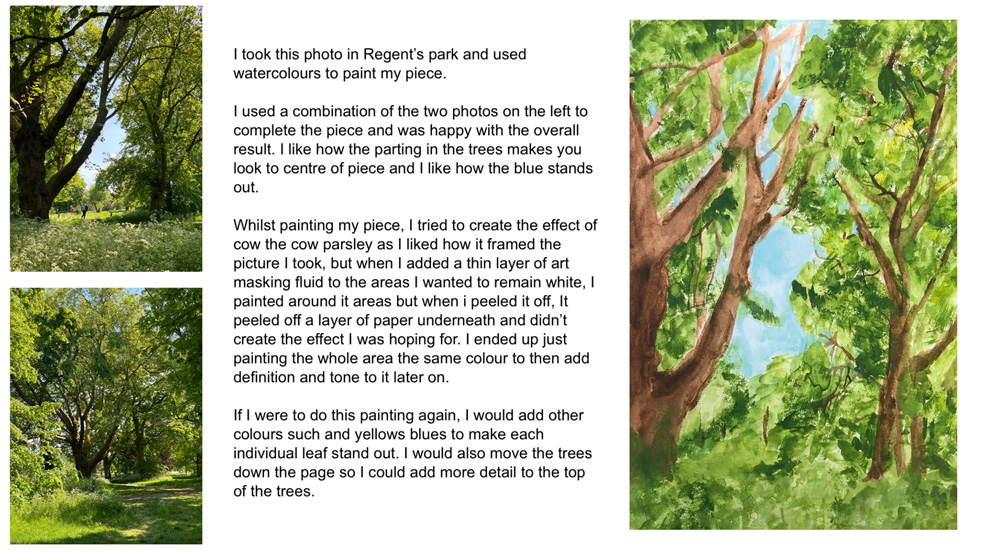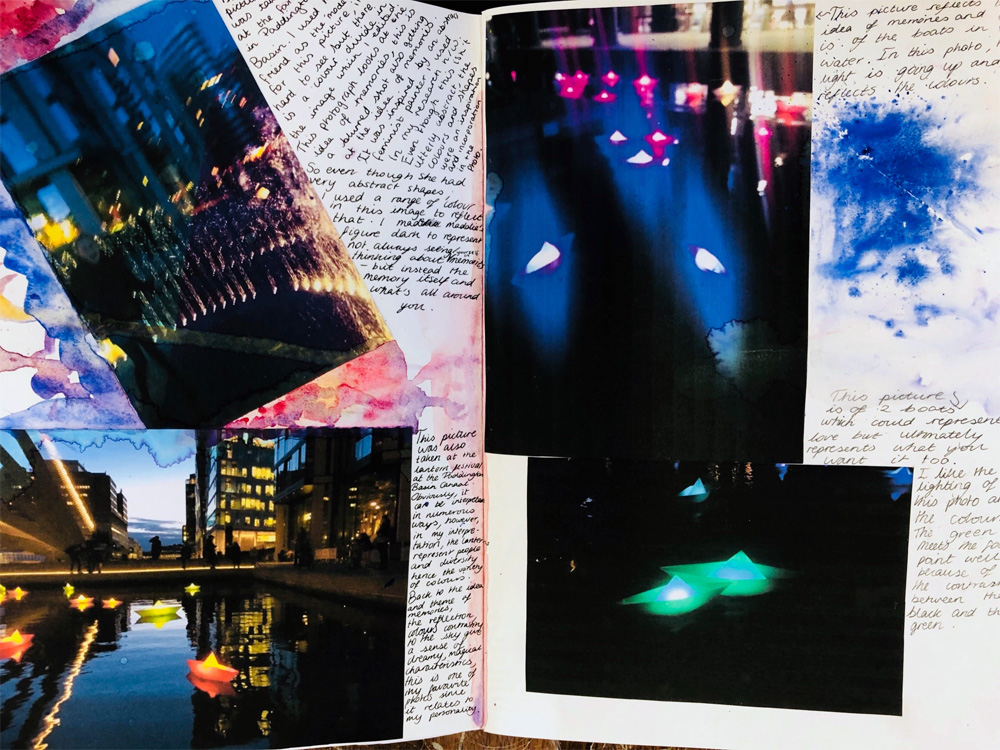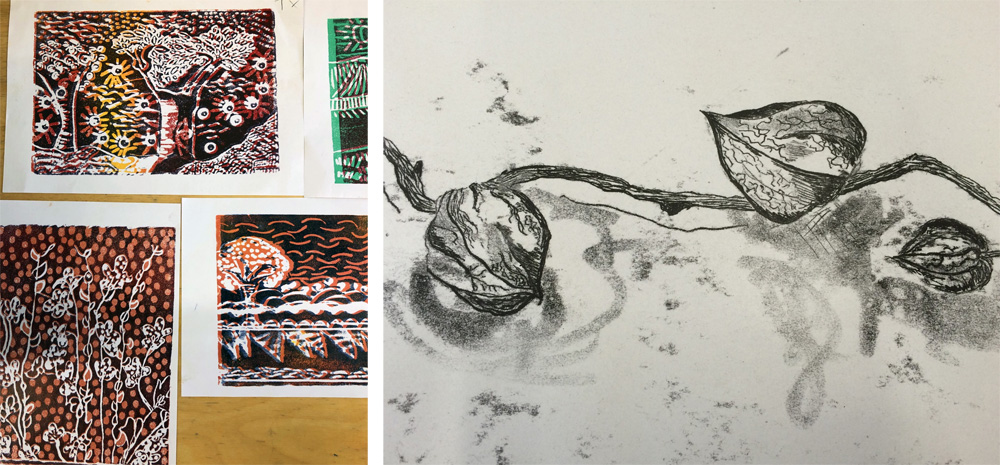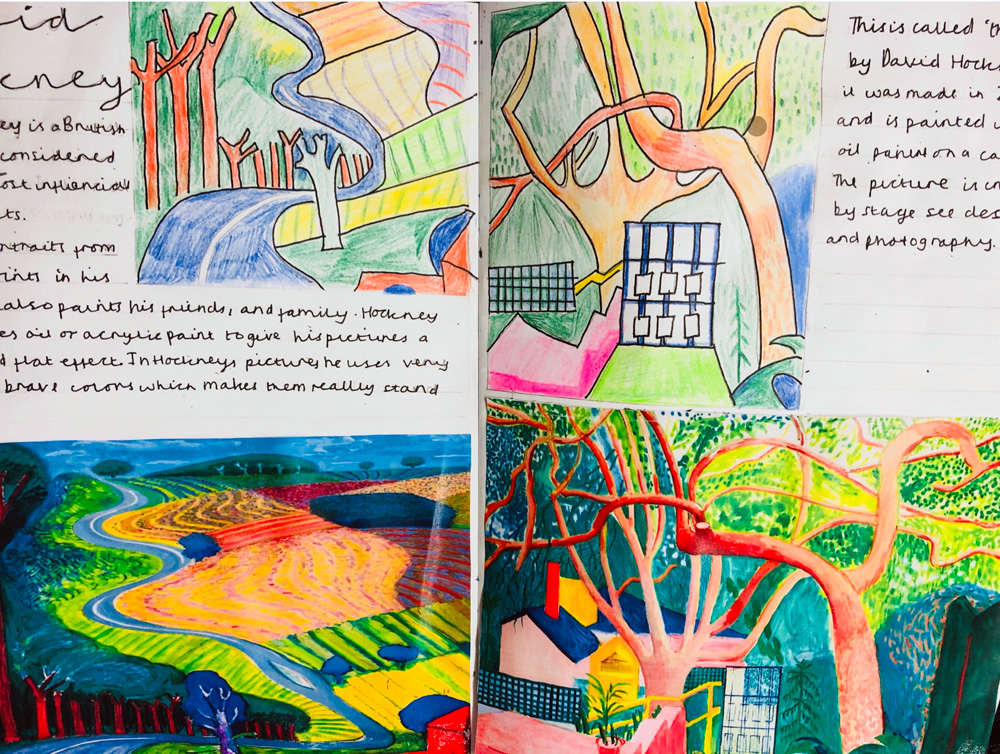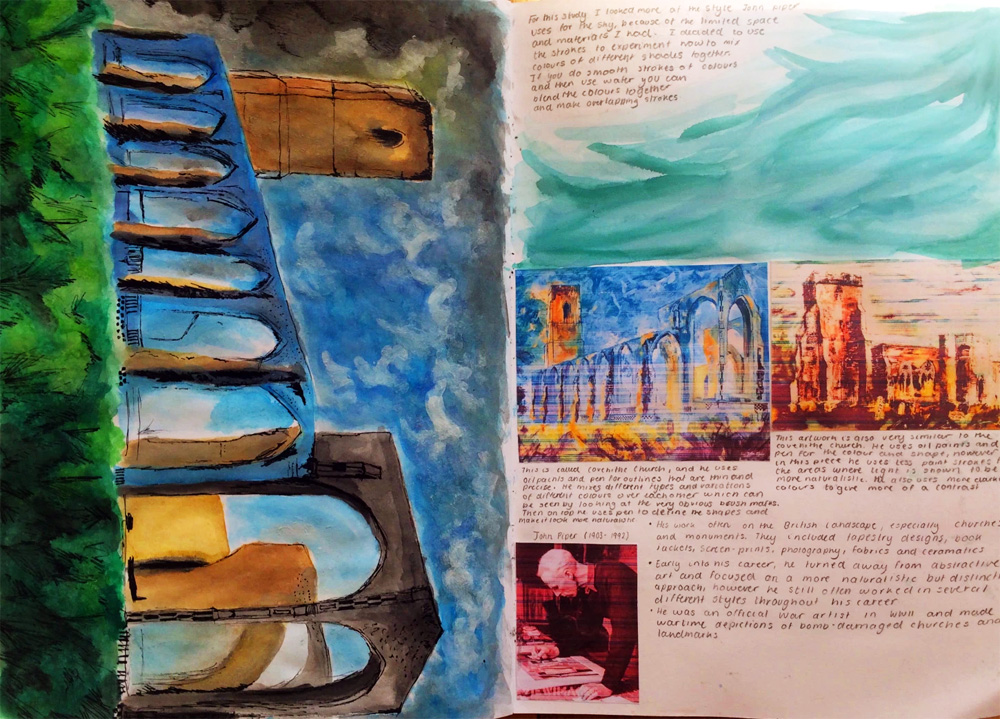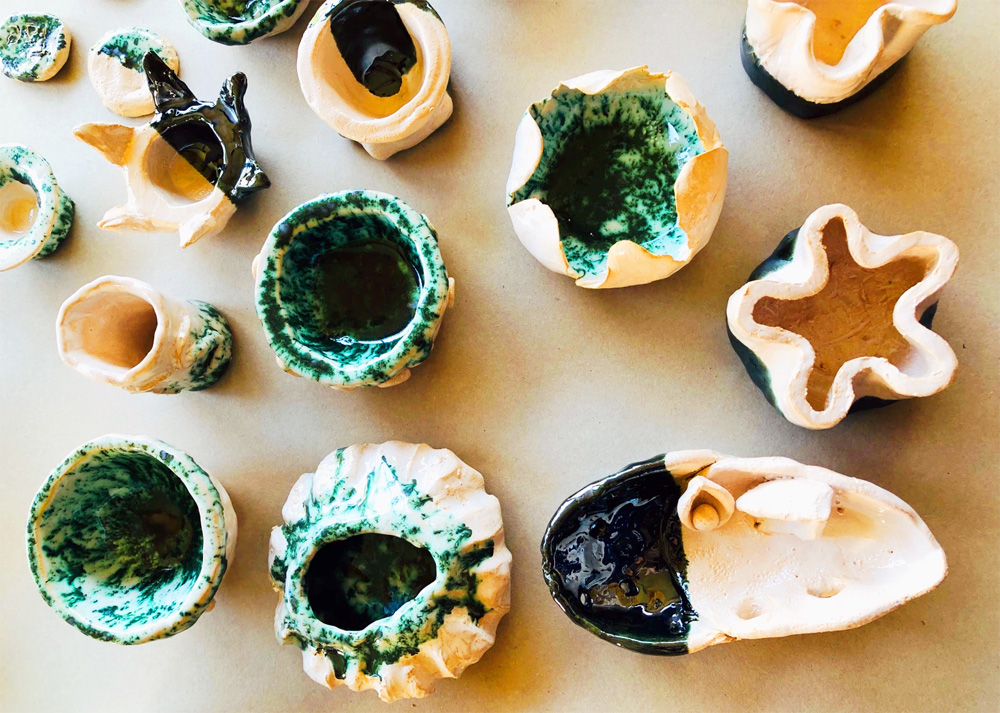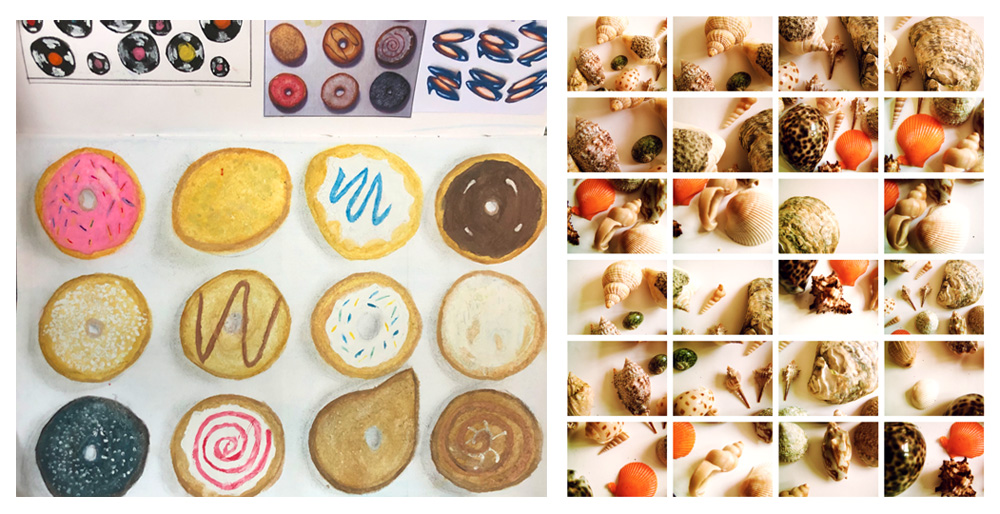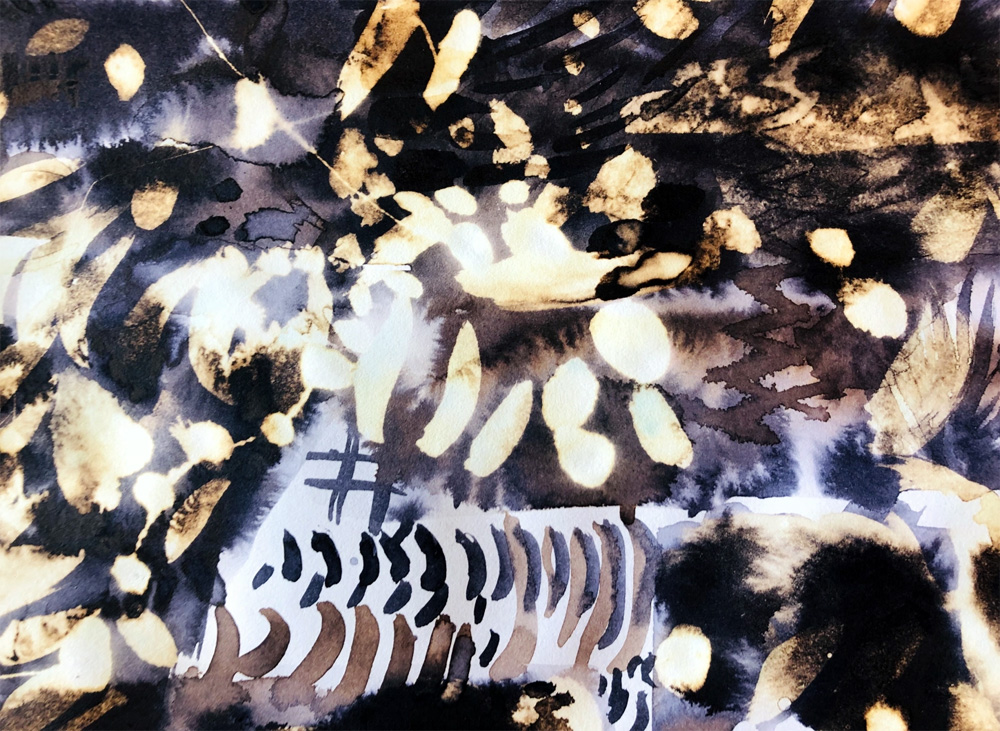Raising Aspirations
By Stephanie Cubbin
Art educator and writer Stephanie Cubbin talks about raising aspirations in Key Stage Three Art, and shares advice and strategies for supporting students’ artistic development.
One of the many things I love about teaching is seeing students make or create something that they did not expect they were capable of. It’s all about high expectations and what I term ‘lifting the lid’. Often with teaching schemes of work, particularly in Key Stage Three, the artist and the work they are expected to make is set. Year 7 can make “drawings in the style of (add your own artist here)” and they will all make this. To ensure that we are maintaining a good classroom atmosphere, we have to make sure that students can all access the work, and so it is often tailored to the weaker end of the class. Students do well when they have completed the task and differentiation is all about ensuring there are extension tasks for the more able. However, the issue with this way of planning is that there are fewer opportunities for students to show exactly what they can do. Not free drawing lessons where they can draw whatever they choose, but a project with high expectations of research, photography, drawing, painting and experimentation.
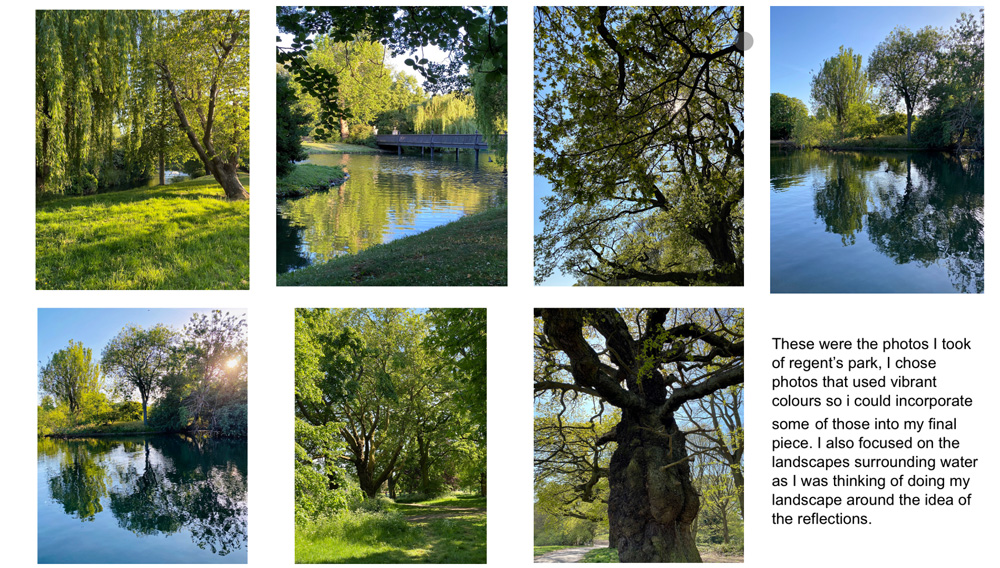
So instead I like to think about the Year 13 students, and what I would expect of them. I’d like my students at that stage in their art education to understand the creative process, the value of good resourcing and experimentation. I know that they find it more difficult to develop their own ideas, but it is easier with preparation. I want my students to be able to articulate their process and critically review their own work. Finally, I would like them to underpin their ideas with excellent research from a wide range of sources, including live ones.
All of this I ask of my KS3 students too. The curriculum is planned on a theory in which students repeat the same creative process and increase the level of demand for those Y13 qualities. I personally call it the ‘creative process’ and this process is the basis of any assessment, not one task or drawing, but the whole process (even if it is shortened) and feedback is about the process too. Students are asked to self-evaluate their creative process and annotate through their workbooks on how their art-work is directing their own ideas.


